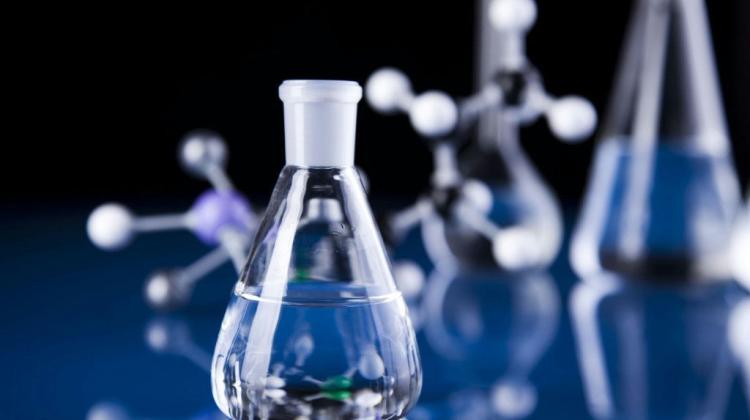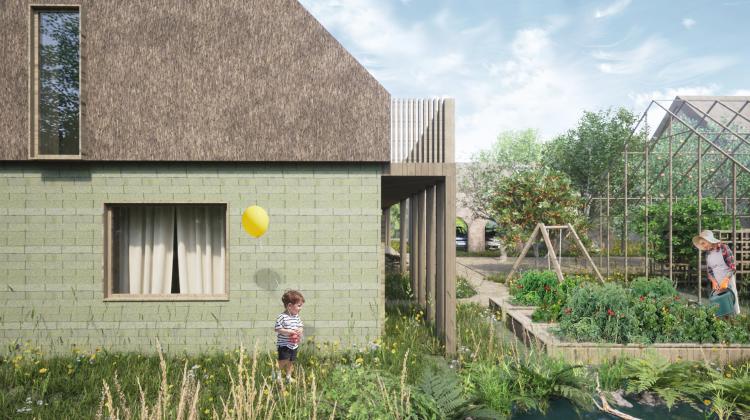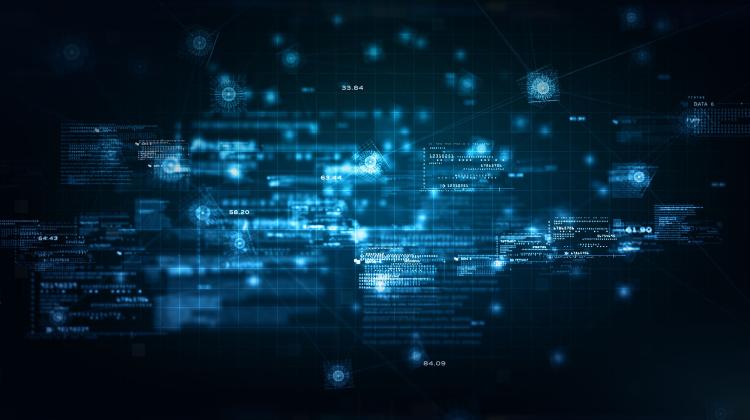Four young scientists will represent Poland in Prague

26 teenage authors of 20 best student research projects from across Poland competed for 19th time to participate in the EU Contest for Young Scientists. Finals of the qualifier took place at the "Copernicus" Science Centre.
Three first places were taken by the projects of Aleksander Horawa (Warsaw), Michał Gumiela (Andrychów), Rafał Kozik (Bielsko-Biala) and Arkadiusz Jankiewicz (Wałbrzych).
Aleksander Horawa is the world\'s only person to overthrow Prof. Peter L. Clark’s of the University of Georgia hypothesis concerning the invariants of finite metric spaces, announced two years ago on the Internet. His work allows to better understand this issue, which may allow for improved measurements of objects with complex shapes.
Michał Gumiela and Rafał Kozik were inspired by strange spots, visible on the digital images of the Fukushima power plant. They turned out to be traces of ionizing radiation. Gumiela and Kozik demonstrated that low-cost CCD and CMOS matrices used in webcams, cameras and mobile phones can be used to detect and measure radiation dose. Suitable software can transform a phone with a built-in camera into a device that warns against dangerous radiation.
Arkadiusz Jankiewicz has made pioneering measurements of the honeybee flight range. His method of pollen analysis is cheap, simple and does not harm bees. Previously used methods require marking bees with special paint or attaching tiny transmitters and the use of NASA weather radar. Meanwhile, pollen analysis can be used in every apiary. Beekeepers can use it, for example, to move the hive to get the honey from certain plants.
Two second places were taken by Łukasz Skoczylas of Grodziec ("Occurrence of butterflies (Lepidoptera: Rhopalocera) in the Cieszyn Foothills and Silesian Beskids") and Xavier Dobrzański from Wrocław ("Studies on the fauna of butterflies in the centre of Wrocław. Tinea translucens Meyrick, 1917 as a new species of butterfly in Poland". It is worth mentioning that Xavier spotted the chrysalis of the butterfly normally found in the Mediterranean... in the supermarket, while buying artichokes.
There were as many as four third places. Katarzyna Bieluń (Kościno) and Anna Fabich (Szczecin) synthesised remarkable, not found in nature substances: amino acids of ionic liquids. The colored liquids with honey-like consistency may become harmless, biodegradable ingredients of cosmetics, such as creams and shampoos. However, the prospects for the use of ionic liquids are much wider - they are also suitable for the extraction of precious metals and radioactive elements, and monitoring chemical reactions.
Bartłomiej Błeszyński from Szczecin ("Strengthening, analysis and conversion of the electromyographic (EMG) signal to digital form") built a cheap and simple device for testing the electrical activity of muscles.
Matthew Wilczek (Borówiec) studied the "Effects of elevated CO2 concentration on aboveground biomass growth and on the density of stomata on leaves of pea (Pisum sativum L.) ". His results show that higher concentrations of harmful gas promote the development of plants, and also leads to a reduction in the number of stomata, through which the gas enter the leaves.
Bartłomiej Zawalski from Warsaw in his work "The return of the Mean" focused on the so-called quasi-arithmetic mean. Bartłomiej’s branch of mathematics predicts some phenomena, but also exposes the practices of banks, which use the average rate calculation methods that are not necessarily beneficial for customers.
4 awards were given for the best posters. In addition to the first prize winner Arkadiusz Jankiewicz, awards wen to: Monika Jelonek (Kraków) for the "Synthesis of new hydrophilic kobinamid derivatives" (this involves a new drug that could replace nitroglycerine in the treatment of cardiac patients), Karolina Klepacz (Łódź) - "Synthesis and application of porphyrin as a bifunctional catalyst in the enantioselective oxidation reactions of carbonyl compounds in the alpha position" and a young mathematician Wojciech Nadars (Warsaw), author of "Graphs k-good".
The remaining finalists were:
Tomasz Bażant from Gołuchów with Ada Sobiś and Błażej Suszyński from Kalisz studied "The impact of eccentric paddle mixer shaft and baffles position on the mixing power".
Maciej Chmielarz from Mosina took up "The ability germination and vitality of beech (Fagus silvatica) seed subjected to cryopreservation" - that is, seed storage in liquid nitrogen.
Robert Kupis (Slupsk) and Katarzyna Waliłko (Wierzbięcin) presented work "Willow Salix Viminalis as one of the alternative energy sources".
Magdalena Mróz (Strzelinko) and Karolina Pakuła (Słupsk) demonstrated the solar blind that heats water "Solarblind 1.0".
Łukasz Niedziela (Kielce) indexed trees and shrubs at the Old Cemetery in Kielce and identified candidates for tree monuments.
Aleksandra Rejmak (Puławy) addressed the delicious problem of antioxidant activity of flavonoids found in some fruits.
Maria Szczepańska (Strzegom), compared the abundance and diversity of geophyte species in urban parks in Strzegom and Świdnica. Kamil Szymczak (Lubin) examined to what extent and why the common mistletoe (Viscum album L.) stressed poplars.
EU Contest for Young Scientists, whose participants are winners of the national competitions, covers science, nature, technology, and since 2004 also social and economic sciences. Each country may submit up to three projects, each with no more than three authors. In addition to the Europeans, competition participants include representatives of the U.S. and China.
The first edition of the competition was held in 1989. Polish representatives have been participating since 1995, gaining top positions.
Polish qualifiers are organized by the National Children\'s Fund (an association of scientists, doctors and students), working with talented students for over 30 years. At the initiative of the association, young Polish researchers "entered" the European Union a couple of years earlier than the rest of the country.
Jury of Polish qualifiers, consisting of eminent scientists from top universities and institutes of the Polish Academy of Sciences, is chaired by Dr. Piotr Chrząstowski-Wachtel of the Institute of Informatics of the University of Warsaw. Prof. Jan Madey of the Institute of Informatics of the University of Warsaw. has been holding the position of the National Organizer since 2010.
The winners of the three first places will represent Poland in the international finals of the 25th EU Contest for Young Scientists in September. This year\'s finals will take place in Prague, and 2014 finals are planned in Warsaw.
PAP - Science and Scholarship in Poland
pmw/ tot/ mrt/
tr. RL
Przed dodaniem komentarza prosimy o zapoznanie z Regulaminem forum serwisu Nauka w Polsce.
















